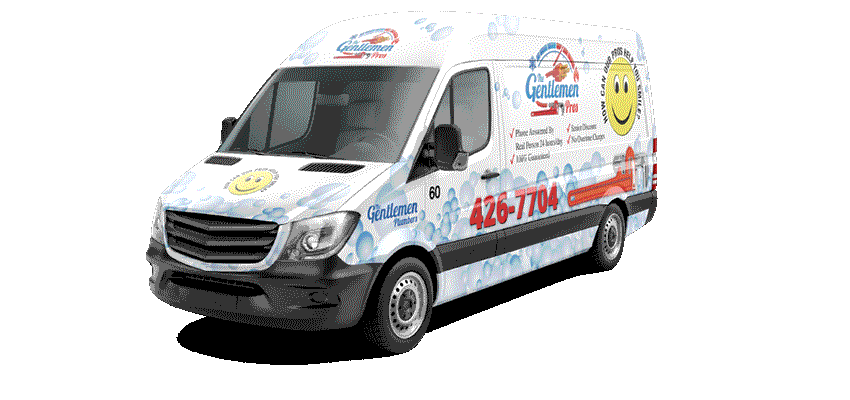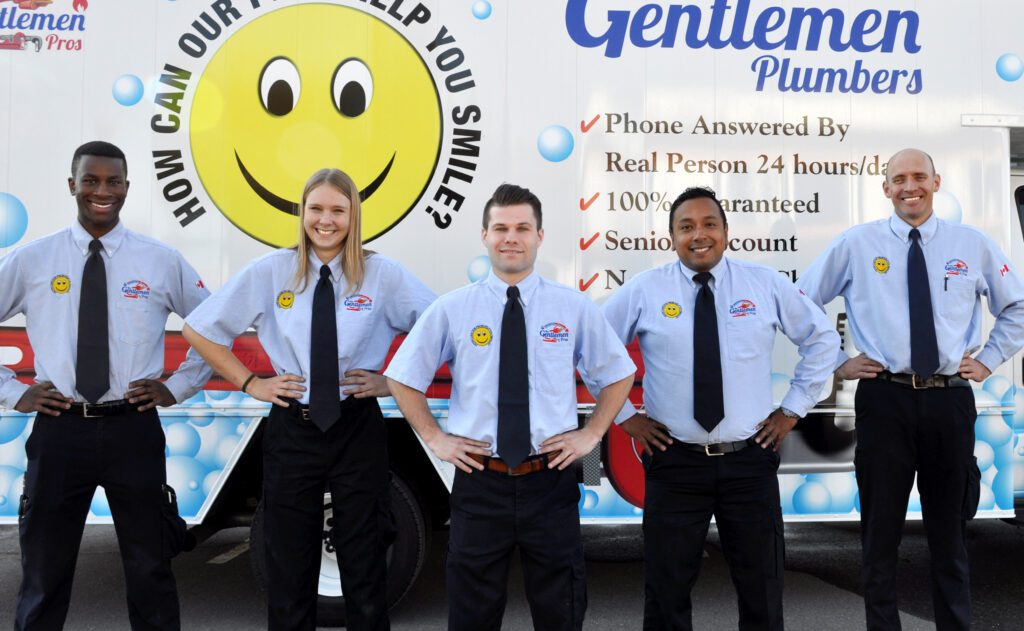
Same Day Service Since
2001
Call The Gentleman Pros Now!
(403) 879-1819
Your furnace is the hardest-working system in your home during our harsh Alberta winters.
Most often, we take our furnace for granted until there is a problem.
While homeowners may notice strange noises, smells, or dust… one critical component often goes unnoticed: the heat exchanger.
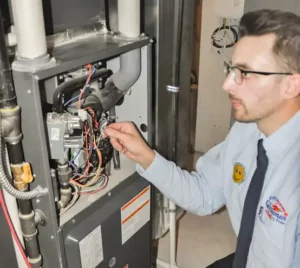
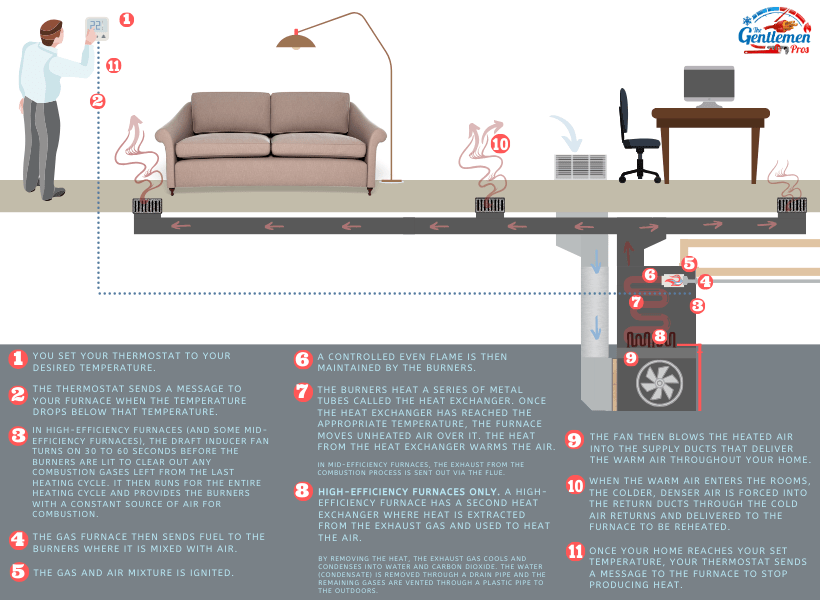
The heat exchanger is the part of your furnace that transfers heat from the combustion process to the air we breathe. The heated air moves through the vents of your home, heating each room.
The heat exchanger plays an important role by separating toxic gases from the combustion process, which is separated from the air circulating through your home. Toxic gases can include carbon monoxide
A cracked heat exchanger can’t separate the gases effectively, as it normally would.
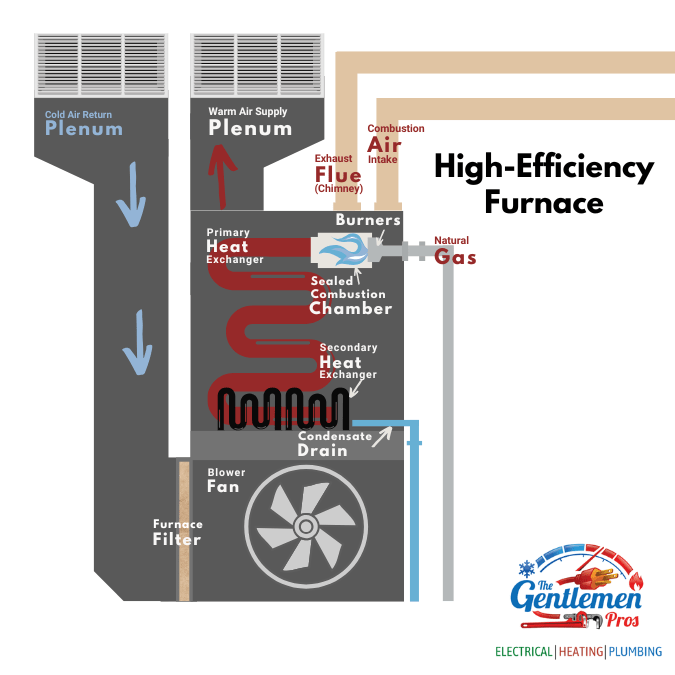
Over time, heat exchangers can crack. Like anything that heats up and expands, and then contracts when it cools, it can crack.
(Think of driving down the QE2 in cold weather, and a warm car, while your windshield acquires a new crack. The same principle applies to the heat exchanger.)
As your furnace ages, it is more prone to heat exchanger cracks.
Cracks may be small, but they can let Carbon Monoxide through your home.
In addition to letting toxic gases into your home, the heat exchanger will not operate as efficiently. This can drive up your heating costs or add extra stress to other components of your furnace that have to compensate for the cracked heat exchanger.
Unfortunately, this can lead to other breakdowns in your furnace. In our experience, this most often happens during a harsh cold. Sadly, every year, during harsh cold weather, we have an influx of calls from customers with furnace issues. Most often, customers have longer wait times in these dire circumstances because of the number of people who need our help.
To prevent a problem, have your furnace inspected regularly before cold weather adds extra stress to your furnace.

“We find that customers who regularly keep up on their furnace maintenance have lower utility costs and are comfortable without breakdowns when the weather gets severe.” Brham Trim
We recommend an annual inspection for older furnaces, and every two years for newer furnaces. Ideally, you want to find a small problem before it becomes a big problem.
We suggest regular maintenance, including a furnace cleaning. Dust buildup will reduce the efficiency of the furnace. (Just like all your computer equipment and electronics, dust is the enemy!) Plan a regular furnace cleaning, which is different than furnace duct cleaning.
In this inspection, we look at all the components of your furnace and test them to make sure they fit within the manufacturer’s specifications.
If we find something out of spec, this is a warning sign that it is getting worn down and should be replaced to help prevent breakdown when it is working hard on those cold days when we need it the most.
Reach out to book a furnace inspection.

